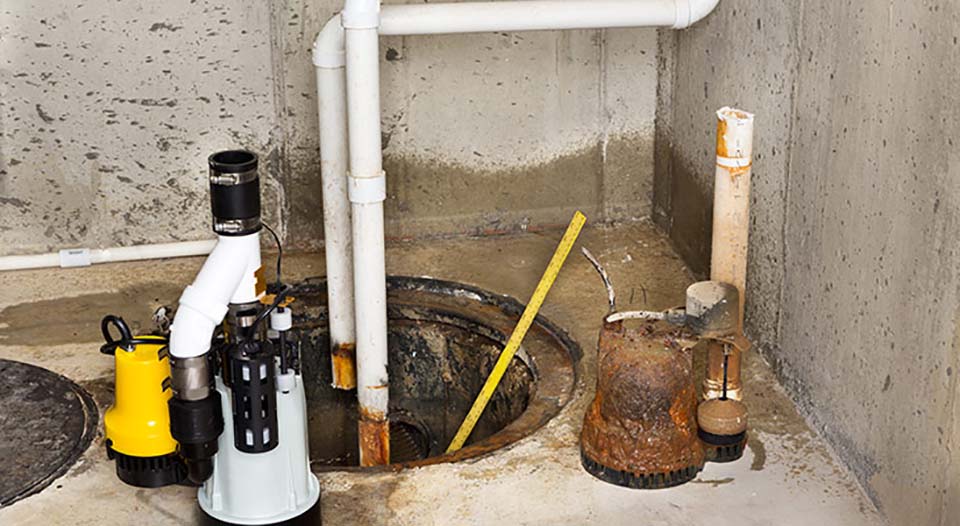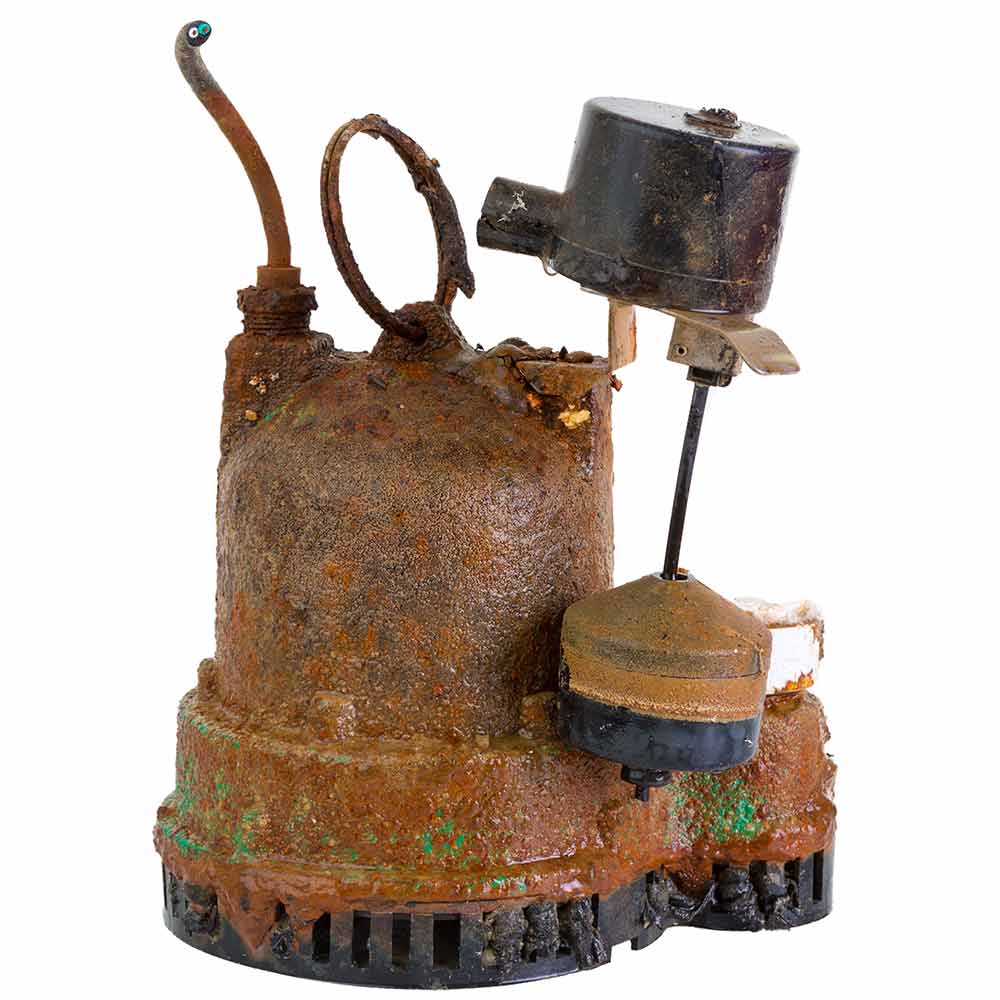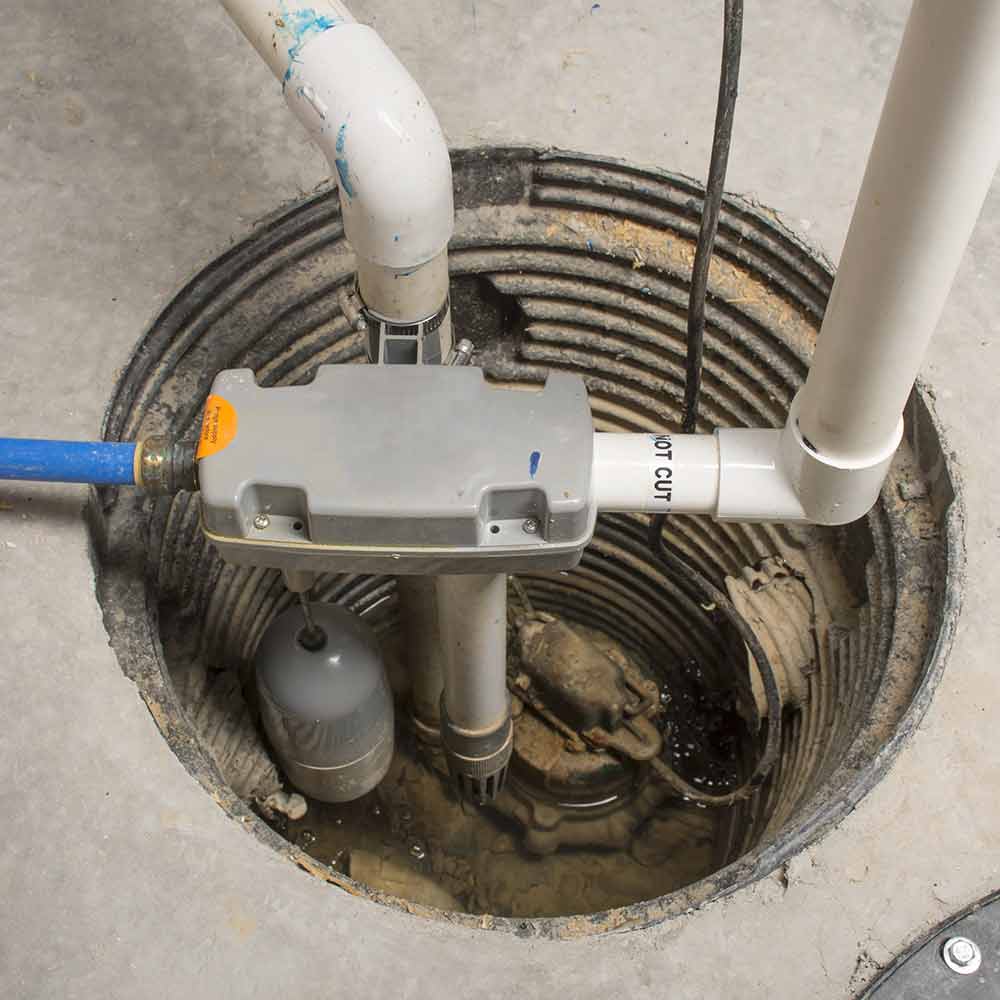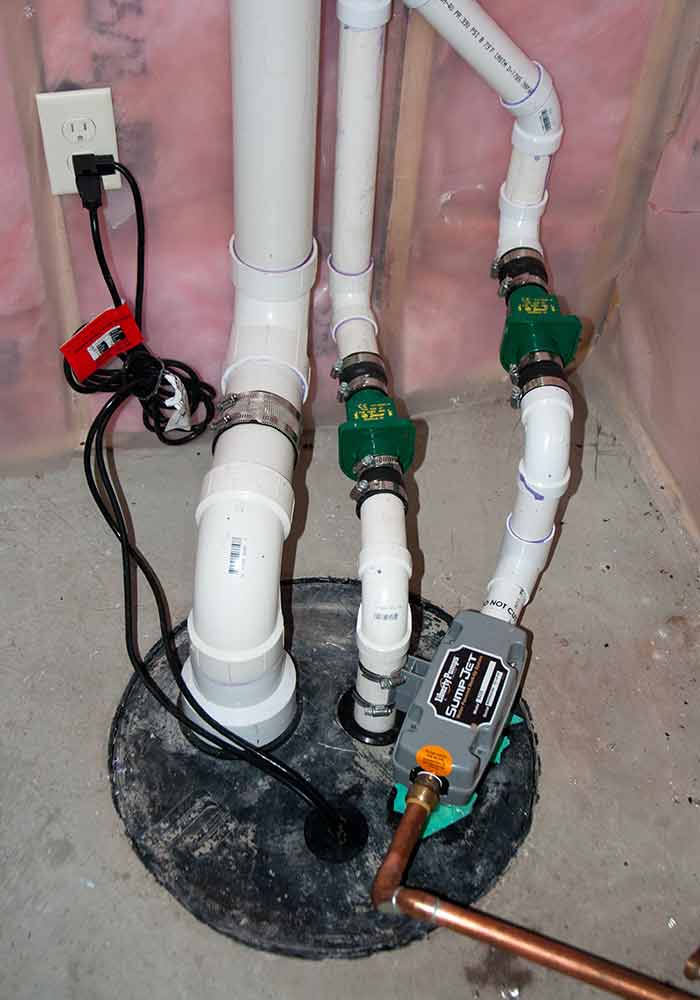Sump Pumps and Sewage Ejector Pumps Repair and Replacement
Sump pumps and sewage ejector pumps are essential for maintaining a dry and healthy home. These devices play a crucial role in preventing water damage and sewage backups, protecting your property and belongings. Regular maintenance of these pumps is crucial to ensure they perform optimally when you need them the most. In this article, we will explore the importance of regular maintenance for sump pumps, compare sump pumps and sewage ejector pumps, discuss how to choose the right size sump pump for your home, delve into the installation of both types of pumps, touch upon battery backup pumps, and address the importance of testing and maintenance.

Importance of Regular Maintenance for Sump Pumps
Regular maintenance is vital for sump pumps to ensure they remain in good working condition. Neglecting maintenance can lead to pump failure, resulting in flooding and costly water damage. It is highly recommended to schedule annual maintenance with a qualified professional.
During the maintenance visit, the technician will inspect the pump, check for any signs of wear or damage, clean the pump and pit, test the float switch, and ensure that the discharge pipe is clear of debris. They may also test the pump’s performance under simulated conditions to ensure it is functioning correctly.
If any issues are identified during the maintenance visit, they can be addressed promptly, preventing potential problems in the future. Regular maintenance not only extends the lifespan of your sump pump but also provides you with peace of mind knowing that your home is protected.
Furthermore, regular maintenance can help in identifying any underlying issues that may not be immediately apparent. By catching these problems early on, you can avoid sudden breakdowns and emergency repairs, saving you both time and money in the long run. Additionally, well-maintained sump pumps operate more efficiently, consuming less energy and ultimately reducing your utility bills.
Another benefit of regular maintenance is that it ensures your sump pump is compliant with manufacturer warranties. Most manufacturers require proof of regular maintenance to honor warranty claims, so keeping up with scheduled maintenance can potentially save you from costly out-of-pocket expenses in case of a malfunction.
Comparing Sump Pumps and Sewage Ejector Pumps

While sump pumps and sewage ejector pumps have similar functions, there are distinct differences between the two.
Sump pumps are designed to remove groundwater from basements or crawl spaces, keeping them dry. They are typically used in areas prone to flooding or where the water table is high. Sump pumps are not meant to handle solid waste or sewage.
Sewage ejector pumps, on the other hand, are specifically designed to handle wastewater containing solid waste. They are commonly used in basements or bathrooms located below the main sewer line, where gravity alone cannot transport the waste to the main sewer line. Sewage ejector pumps macerate the solid waste, allowing it to be pumped to the main sewer line effectively.
Choosing the right pump for your specific needs is essential to ensure proper functionality and prevent any issues down the line.
It is important to note that both sump pumps and sewage ejector pumps require regular maintenance to ensure optimal performance. Sump pumps should be checked periodically to ensure the float switch is functioning correctly and that there are no clogs in the pump or discharge pipe. On the other hand, sewage ejector pumps need to be inspected to prevent any buildup of solid waste that could lead to clogging or damage to the pump.
When considering installing either type of pump, it is crucial to consult with a professional to determine the best location for the pump and the appropriate size and capacity needed for your specific situation. Improper installation can lead to inefficiencies or even pump failure, resulting in potential water damage or sewage backup issues.
Choosing the Right Size Sump Pump for Your Home

When it comes to sump pumps, size matters. Selecting the right size pump ensures that it can effectively handle the amount of water it needs to remove. If the pump is too small, it may struggle to keep up with the volume of water, leading to potential flooding. Conversely, if the pump is oversized, it may cycle on and off excessively, resulting in premature wear and frequent repairs.
The size of sump pump needed depends on factors such as the size of the basement or crawl space, the local water table, and the average rainfall in your area. Consulting with a professional can help determine the appropriate pump size for your specific situation.
Another crucial factor to consider when choosing a sump pump is the type of float switch it uses. The float switch is responsible for activating the pump when water levels rise. There are two main types of float switches: tethered and vertical. Tethered switches are ideal for larger sump pits, as they require more space to move freely. On the other hand, vertical switches are better suited for smaller pits, as they can operate in tighter spaces.
Additionally, it’s essential to think about the pump’s horsepower rating. A higher horsepower pump doesn’t always equate to better performance. In fact, using a pump with excessive horsepower for your needs can lead to unnecessary energy consumption and increased operating costs. Understanding the specific requirements of your space will help you select a pump with the right balance of power and efficiency.
$99 OFF
New Sump Pump & Battery Backup System
Expires 12/31/25 – Cannot be combined with any other offers.
Schedule Your Service Today
Ready to tackle your plumbing issues head-on? Schedule a service call with our expert team today for efficient and reliable solutions. From leaky faucets to complex installations, we’ve got you covered. Don’t let plumbing problems disrupt your day – book now and experience prompt, professional service from Plumbing Mastered, LLC.
Sump Pump Installation
Proper installation of a sump pump is crucial to ensure it functions optimally. It is recommended to hire a professional plumber or contractor with experience in sump pump installations to ensure it is done correctly.
The installation process involves excavating a pit in the basement or crawl space, placing the pump in the pit, and connecting it to a discharge pipe that directs the water away from the foundation. The pipe should be properly sloped to prevent water from flowing back into the pit.
Additionally, a check valve should be installed on the discharge pipe to prevent water from flowing back into the sump pit after the pump stops running. This helps maintain the water level in the pit at a manageable level.
Furthermore, it is important to consider the power source for the sump pump. Most sump pumps are powered by electricity, so it is crucial to have a backup power source in case of power outages during heavy rainstorms when the pump is needed the most. This can be achieved by installing a battery backup system or a generator to ensure the sump pump continues to operate effectively.
Another key aspect to consider during sump pump installation is the type of pump to use. There are different types of sump pumps available, including pedestal pumps and submersible pumps. Pedestal pumps are easier to service and maintain as the motor is not submerged in water, while submersible pumps are more discreet and quieter, ideal for finished basements.
Sewage Ejector Pump Installation

Installing a sewage ejector pump requires professional expertise due to the complexity of the system. An experienced plumber or contractor should be engaged for this task.
The installation process involves excavating a pit in the basement or bathroom, placing the sewage ejector pump inside the pit, and connecting it to both the discharge pipe and the main sewer line. A vent pipe is also necessary to release the generated gas from the sewage ejector pump.
It is essential to comply with local building codes and regulations during the installation process. Improper installation can result in plumbing issues and violations, so it is always best to rely on a professional for this important task.
Battery Backup Pumps
In the event of a power outage, a battery backup pump can provide much-needed peace of mind. A battery backup pump operates on battery power, ensuring that your basement or crawl space remains protected even when the main power supply is interrupted.
The battery backup pump automatically activates when it detects a high water level, supplementing the primary pump or serving as the sole pump in case of pump failure. It is crucial to regularly test the battery backup system and replace the battery as needed to ensure it is ready to perform when necessary.
Testing & Maintenance
In addition to regular maintenance, periodic testing of your sump pump or sewage ejector pump is essential. This ensures that the pumps are functioning correctly and gives you the opportunity to identify any issues before they escalate.
Testing a sump pump involves pouring water into the sump pit to activate the float switch and simulate a real-life scenario. Observing the pump’s operation and listening for any unusual noises can help identify any potential problems.
For sewage ejector pumps, it is important to test their ability to macerate solid waste and pump it through the discharge pipe effectively. Checking the vent pipe for proper operation is also necessary to prevent the buildup of gas.
Regular testing, along with maintenance, ensures that your pumps are ready to tackle any water or sewage-related challenges, providing you with a reliable defense against potential damage.
In conclusion, sump pumps and sewage ejector pumps play crucial roles in protecting your home from water damage and sewage backups. Regular maintenance, proper installation, and testing are vital to ensure these pumps operate at their best. By investing in these services, you can have peace of mind knowing that your home is safeguarded against potential disasters. So, don’t overlook the importance of sump pump and sewage ejector pump services – they are essential for maintaining a dry and healthy living space.

